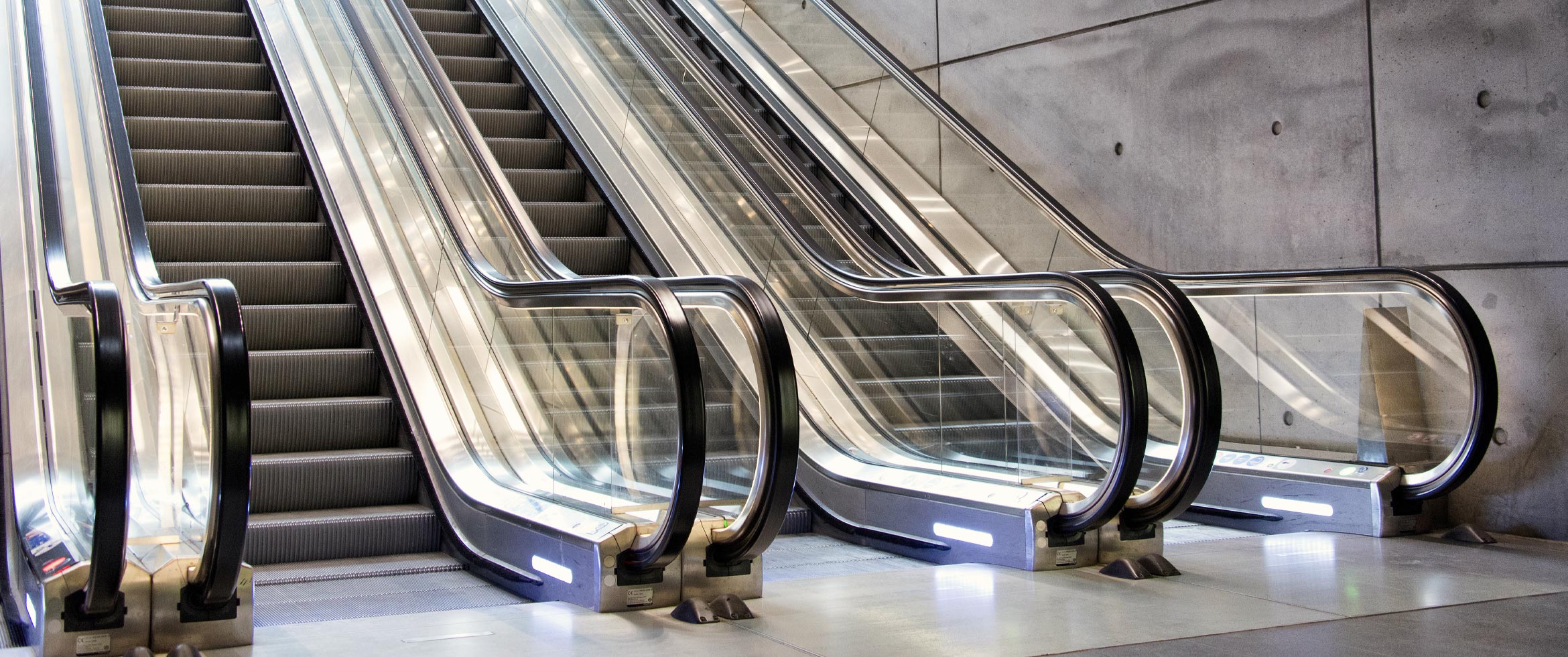To promote the reduction of home energy consumption and energy use related to food and transportation, Girl Scouts created the Girls Learning Energy and Environment Program (GLEE)…
In Playa Vista, California, Ability2Change work-place based transportation campaigns used custom services and incentives to decrease single-occupant-vehicle (SOV) peak period beha…
The goal of the 20/20 The Way to Clean Air program was to engage residents living in the Greater Toronto Area in taking actions at the individual and collective level to reduce ai…
Due to a rapid increase in population growth, Barrie, Ontario was faced with an increasing demand on water supply. An environmental assessment conducted by the Municipal Works Dep…
In 2012, ETH Zurich recruited 697 households from a 5,000-household sample provided by the utility company ewz to participate in the shower feedback pilot, a program designed to p…
Based on a campaign run in Belgium in 2003, Europe’s Energy Neighborhoods was a program designed to allow neighborhoods to ‘bet’ with their municipalities that they could reduce e…
In 1991 the Bay Area Air Quality Management District (BAAQMD) launched Spare the Air – a voluntary program designed to curtail motor vehicle emissions and improve air quality thro…
Designed to serve residents of Metro Vancouver, TransLink’s TravelSmart program helps businesses and individuals reduce the number of trips made in single-occupant vehicles by pro…
Seattle’s Just One Trip campaign aims to get residents to reduce the number of drive-alone trips they make on a weekly basis, replacing them with green travel alternatives includi…
Woodside Gets Active was a three-month-long campaign that aimed to increase physical activity amongst parents and their children in Woodside (UK), an area known for having high le…



